Geological Rock Types
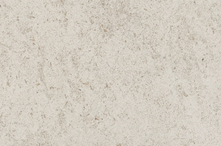
Limestone
Limestone is a sedimentary rock formed by the consolidation of sediments, seashells and other organic matter. Each Limestone exhibits its own characteristic colours and markings and can vary greatly in density. Some Limestones have a similar appearance to traditional Marbles which can often lead to misclassification. Some degree of edge chipping should be expected along with occasional surface pitting, fossilised shells, fissures, mineral striations and resin fill. Limestone is an acid-sensitive material and so care should be taken to use the correct products when cleaning.
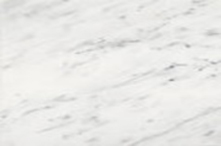
Marble
Traditionally the term Marble was used by stone masons to describe any stone that would take a polished finish. From a geological point of view however, Marble is defined as a Limestone which has been subjected to thermal metamorphism. This process of metamorphism leads to a dense, closed surface although some material may have slight open veining or surface pitting. Marble has been used in ancient buildings for millennia due to the vast spectrum of beautiful shades and mineral veining. Some Marble tiles or slabs with particularly prominent veining may have a mesh backing applied to the rear of the tile, predominantly to reinforce the material during transport and cutting. It is also common practice for resin filler to be applied to voids and open veins either before or after processing. Marble is a very dense stone that readily lends itself to a polish but is also available in Honed, Flamed, Bush Hammered or Tumbled finishes.
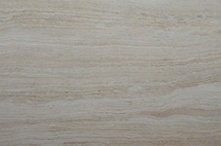
Travertine
Travertine begins as a calcareous dispersion which is then deposited by hot mineral springs. The result of this method of formation is a honey-combed structure which when finished has visible surface pitting and voids. Travertine generally comes in either ‘cross-cut’ or ‘vein-cut’ formats. Vein-cut tiles are cut so that the surface plane of the tile runs parallel to the long veins present, cross-cut tiles are cut perpendicular to these veins. Once tiles are cut they are then either filled with a colour matched resin, or left unfilled. Generally the voids are only left unfilled in Tumbled, Brushed or Split face finishes, where these voids are filled during the grouting process. Although filling of the voids gives a smoother surface, through general usage, some small areas of fill may dislodge or previously unexposed holes may become visible. This is not unusual and the holes should be re-filled with a suitable resin or grout. Travertine tiles may require additional adhesive to be applied to the rear of the tile in order to fill any larger voids.
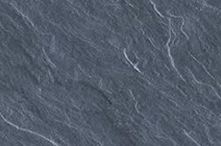
Slate
A fine-grained metamorphic rock that is characterised by its ability to be split into broad sheets, Slate is a durable stone which presents a diverse range of colours and textures. In terms of the surface finish we offer Natural Finish, which has a naturally cleft surface and is rustic by its nature, with chips and chisel marks present on some surfaces and can be used both internally and externally. Some of our Natural Slate is ‘uncalibrated’, indicated by a thickness range in the sizing line. An uncalibrated material will vary in thickness both across individual tiles and from tile to tile. Uncalibrated tiles require ‘bedding up’ with the appropriate thick bed adhesive during installation. The surface can also be Honed which is machined to create a smoother and more even surface.
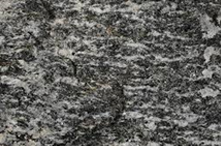
Schist and Quartzite
These are densely crystalline, metamorphic rocks that offer considerable shade variation, ranging from light cream/white to charcoal grey/black with many colours in between and often contain reflective crystals which glisten in the light.
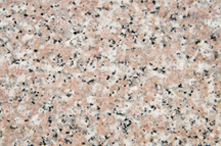
Granite
The term Granite is generally used to refer to a large range of igneous rocks originating from the slow crystallisation of molten magma cooling deep beneath the earth’s surface. Granites are amongst the hardest stones in our range and are available in the textured Flamed finish for external application, the Flamed Brushed finish which offers a softened, tactile surface or the smooth honed surface which enhances the detail of the stone itself. Due to the nature of this material and the vast array of mineral crystals that serve to make up this stone, characteristics can vary greatly and some may be acid sensitive, so please ensure correct sealing and maintenance guidelines are followed.
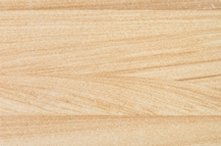
Sandstone
A coarse-grained sedimentary rock formed by compressed sand deposited by water or wind. Available in a Riven finish which is characterised by its granular, undulating surface, or a smoother, Honed finish which will have variation in texture and some edge chipping. Sandstone is a hard yet very porous stone that, if being sealed, requires thorough impregnation with suitable sealants. Sandstone in its large flag format is a well-established and extremely popular external choice.